

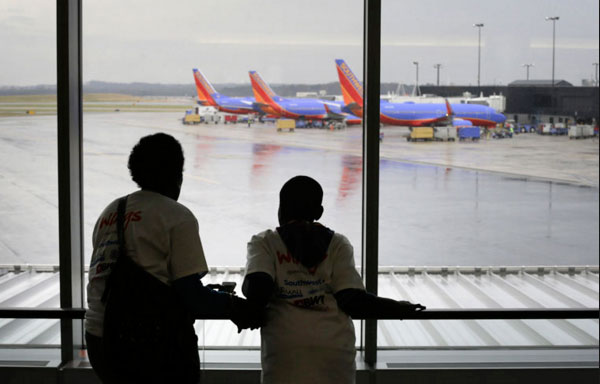
Airline Travel with Autism can be difficult. Airline travel isn’t something we do daily or weekly, so establishing a routine with it is problematic. Airports can be overwhelming for the senses. Airplanes are noisy. Seems like there are rules and regulations left and right. Furthermore, the days of short lines and fast screenings are gone. Riddled with difficulties, airline travel seems out of the question for families affected by autism.
But what if you have relatives in other parts of the country, or Amtrak doesn’t make sense? How about if you want to take a vacation, and there’s an ocean between you and your destination? Should you give up on the dream of traveling?
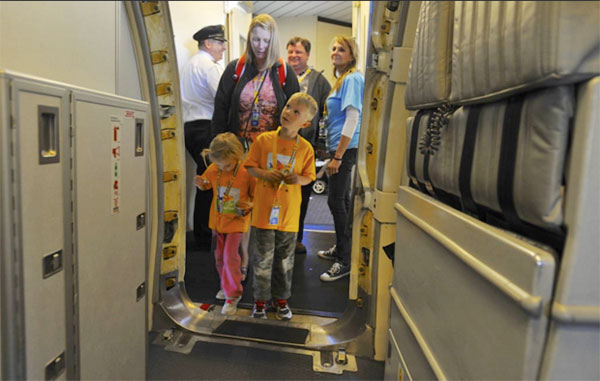
Before you donate your Samsonite and settle for a staycation, consider dress rehearsals. Maybe you don’t have to fork over hundreds of dollars to find out how your child will do with airport protocol. In cities across the country, airports are creating programs that allow families affected by autism to practice the airport/airplane experience. Participants can experience checking bags, going through security, and boarding the plane.
Also, some programs even offer actual take-off and landing experiences! Two such programs are Wings for Autism/Wings for All and Blue Horizons. The former is run by The Arc, an advocacy organization serving people with developmental disabilities, and is sponsored in part by The Doug Flutie, Jr. Foundation for Autism, Inc. The latter is a combined effort between Autism Speaks and JetBlue Airways.
The program walks families through a complete airport experience. The Bob Hope Airport in Burbank has hosted Blue Horizons events. Oakland is on the verge of planning one. In addition, SFO and The Arc San Francisco sponsor Ready, Set, Fly! workshops. Having a mock airport experience that is structured and predictable can familiarize kids with autism with the noises, sensations, and expectations of airports, so air travel with autism can go smoothly.
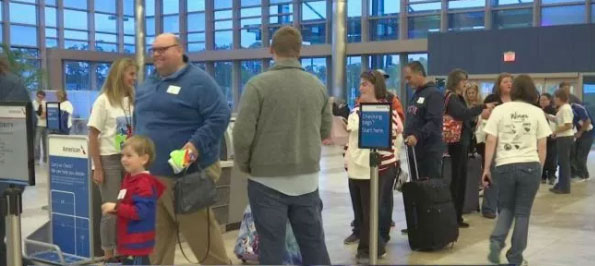 Autism Speaks Blue Horizons
Autism Speaks Blue Horizons
Perhaps in addition to a dress rehearsal, or in place of it, families can watch videos about airline travel. Especially relevant videos geared toward the person with autism are the Autism in the Air series. These videos are free and available on YouTube. Since each one focuses on a different aspect of airline travel in brief segments, you can pick and choose what to watch. Each is filmed from the perspective of the child, and they use actual footage and clear, simple language.
Does your child or teen do well with Social stories™? When we began traveling with our son (a toddler at the time), we made our own storybook from actual pictures we took every step of the way so we could visually depict each transition. It was the key to smooth(er) flights. If there is anxiety about traveling, make Social stories™ your friend.
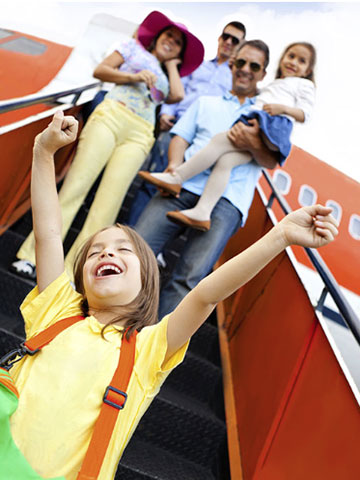
How about books? Try reading one or more picture books about airports and airplanes well in advance of real travel. The Noisy Airplane Ride by Mike Downs is a great one. Better yet, take an activity book about airplanes and go have lunch at an airport. (You won’t be able to go past security, but many terminals have cafés or coffee shops near baggage carousels.). Visiting an airport as a fun outing may reduce stress about it on the day of your real flight.
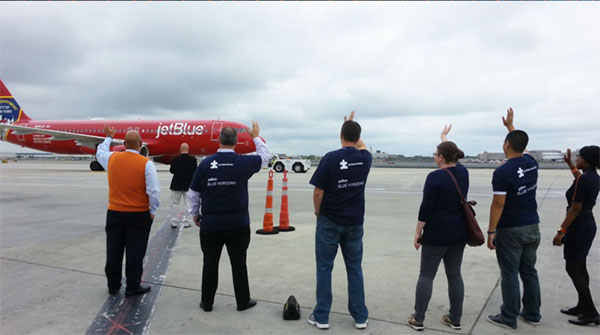 Jet Blue
Jet Blue
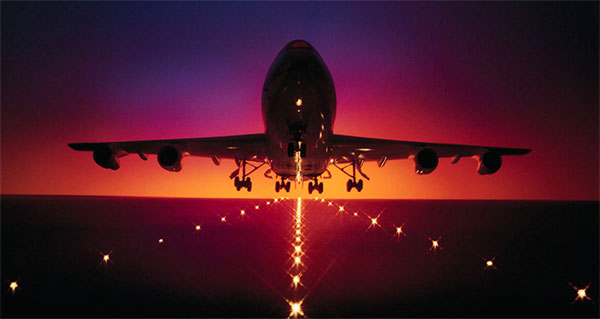 Jet Blue
Jet Blue
Air travel with Autism can be a smooth and fun experience, with advanced preparation and familiarization. For more resources, visit our special needs category.
Just enter your email address below and you’ll get an email every time we publish a new post!
Categories :
Tags :
Keri is a special needs parent and a veteran high school English and journalism teacher turned writer. She enjoys reading, hiking, gardening, cooking, traveling, wine tasting, and practicing yoga. Both she and her son love to create art. She has a passion for educating people on all things autism. Visit her blog at https://kerimehome.com.
View All Posts